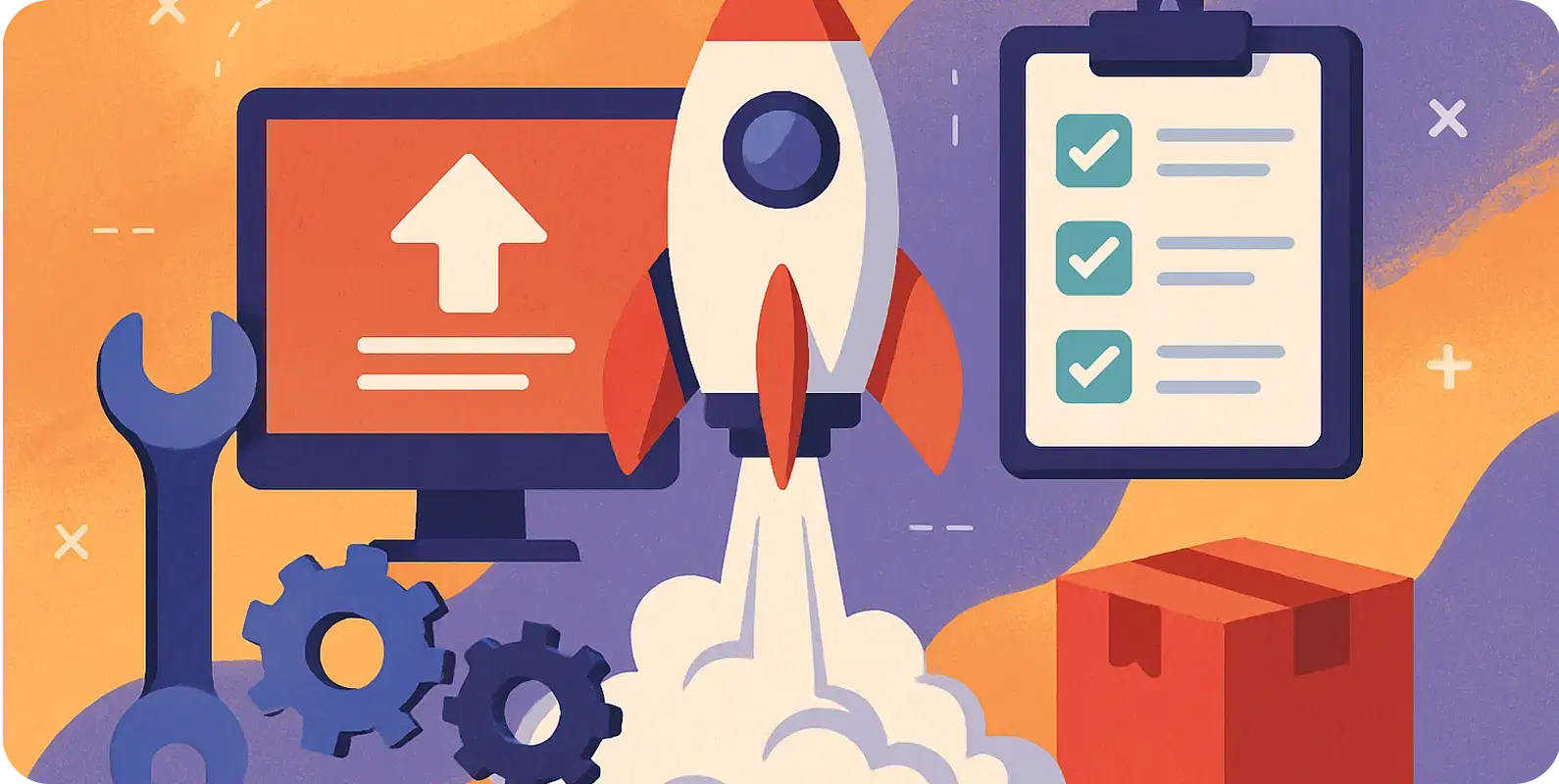Table of contents
Introduction
A successful product launch isn’t just about marketing hype, it’s about technical reliability. Without the right DevOps foundation, your product may crumble the moment real users arrive.
Build a Reliable CI/CD Pipeline
Automated build, test, and deployment pipelines reduce manual errors and speed up delivery. If you’re still deploying manually, you’re inviting chaos.
- Use GitHub Actions, Jenkins, or CircleCI for continuous integration.
- Automate tests at every stage—unit, integration, and end-to-end.
- Implement blue-green or canary deployments for safe rollouts.
Monitoring and Observability
You can’t fix what you can’t see. Instrument your app with metrics, logs, and traces from day one.
- Integrate tools like Prometheus, Grafana, or Datadog.
- Set up alerts for performance degradation and errors.
- Track key KPIs like response times, request rates, and error ratios.
Automate Infrastructure
Manual provisioning leads to inconsistencies. Infrastructure as Code (IaC) keeps environments identical and recoverable.
- Use Terraform or AWS CloudFormation for reproducible infrastructure.
- Adopt containerization with Docker for consistent environments.
- Leverage Kubernetes for scalability and self-healing.
Plan for Incident Response
Things will go wrong eventually. Have a plan. Define ownership, escalation paths, and a clear post-mortem process.
"Hope for the best, prepare for the worst, and expect surprises."
— Alex Thompson
Conclusion
DevOps isn’t about tools—it’s about discipline. Launching with strong DevOps practices ensures stability, scalability, and confidence when your product finally hits the market.



